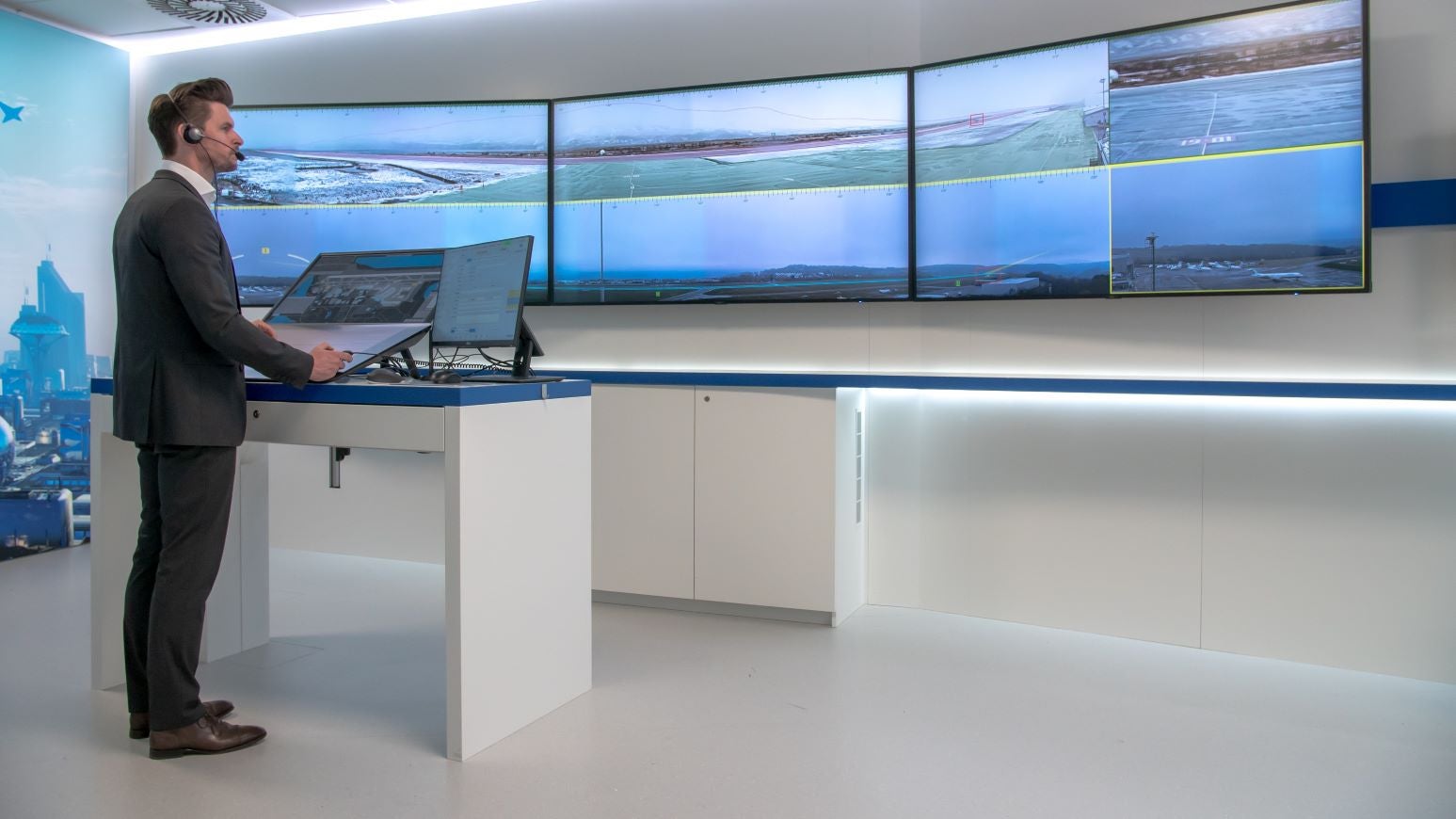
Remote digital tower (RDT) technology is a key element of next generation air traffic control (ATC) solutions. To enhance the capability of RDTs, Frequentis has joined forces with the Austrian Institute of Technology (AIT), Graz University of Technology (TU Graz), and Airport Vienna to research and develop smart assistive technology for RDT vision systems. The project, named Smart Assistant for Enhanced Remote Digital Tower (SAFER), aims to increase efficiency and ensure safety in RDT operations through multimodal artificial intelligence (AI).
Multimodal AI techniques and approaches for video-centric object detection and tracking in remote digital tower scenarios will be explored in the research project, with Frequentis as the overall project lead responsible for processing, data collection and management, software integration, evaluation, and validation. The AIT Center for Vision, Automation and Control is responsible for conception and AI development while TU Graz will provide graphics and vision expertise. In addition, Vienna airport will contribute operational use cases and data.
“Artificial intelligence will add significant benefits to air traffic management technology and we have been investing in this field in order to enhance the safety and efficiency of the technology we provide to our customers,” says Frequentis ATM civil vice-president and chairman of the executive board Hannu Juurakko. “Speech recognition, automatic object detection, and tracking are just some of the developments we have been making with AI since 2008, and we look forward to working with our partners to ensure customers benefit from AI advances to meet the required need for greater efficiency.”
The project funding will be provided by the Austrian Aeronautics Research and Technology Programme, Take Off, to enable extensive research and development into new, video-centric, multimodal AI techniques and innovative methodologies and approaches for smart and effective object detection and tracking (ODT). The research will enable the development of new technologies for reliable and accurate location, recognition, and tracking of objects. This opens up new possibilities for developing a smart assistive tool for automatic generation of reliable safety alerts to warn the controller of critical situations. This will streamline efficiency, increase safety at airports, and enable cost-efficient operation models such as multi remote tower operations.

